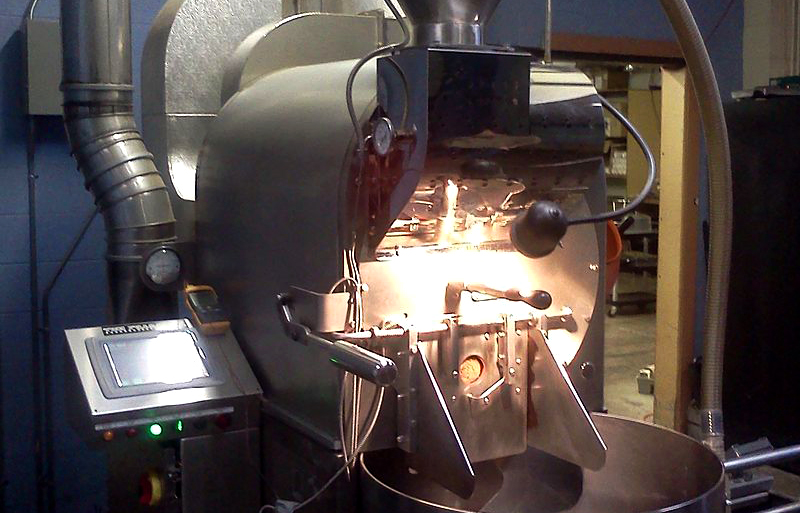There are a million different ways to brew your best cup of coffee. Between cost, outcome and taste, there are many factors to consider before deciding what kind of equipment will give you what you need without breaking your bank. When it comes down to stainless vs. mild steel, here are a few things you should know about your metals before you roast.
Durability
Stainless steel is rightly named. Stainless steel will give you that polished-up look without having to worry about corrosion, rust, or stains. Stainless steel contains at least 11% chromium – which is a much higher amount than other metals in the steel family. Chromium forms a durable film on the outside of the product, protecting it from the rust from every day use. Stainless steel also is less susceptible to deformation and will keep its original shape much longer without bending under pressure.
Mild steel can provide the initial durability you need but you may experience hastier erosion and deformation when compared to stainless steel. Mild steel is naturally more malleable because of its low-carbon composition (usually containing between 0.05-0.3% carbon) but is still very ductile. Also note that mild steel will not provide you with that clean, polished look and feel of stainless steel – which isn’t a problem if your equipment isn’t necessarily viewable by the public.
Cost
Here’s the long and short of it: mild steel costs less than stainless steel. Stainless steel may be more of an initial investment, but you can rest assured that your product will maintain its shape and functionality. Mild steel is a great, cost-effective alternative to stainless steel but is more prone to erosion and deformation. Coffee roasting is a science – so any alternation in the equipment used can change the outcome of your roast. If you are looking to get roasting right away, mild steel will provide you with the strength and performance your roasting requires.
How does this impact your roasting?
When it comes to roasting, the functionality of your equipment may have the biggest impact on your decision-making process. Thermal conductivity and specific heat are two things you must consider when deciding on which equipment fits your needs best.
Mild steel transfers heat better than stainless steel because it has more of the pure metal composition. Stainless steel has at minimum 10.5% chromium to give its non-corrosive quality. The chromium inside stainless steel directly affects its ability to conduct heat.
If you are using a fluid-bed roaster, your beans are heated with the hot inlet air as opposed to the walls of the roast chamber. Low thermal conductivity may be prove to be more efficient in this particular brewing technique.
If you are using a drum roaster, the drum is being used as your heat source with heat being transferred from one side of the drum to the other – so you’d want a metal that is able to conduct and transfer heat easily. Be mindful, however, that you don’t want all of the heat to transfer to the beans all at once – you should expect your equipment to retain some of the heat as evenly as possible.



